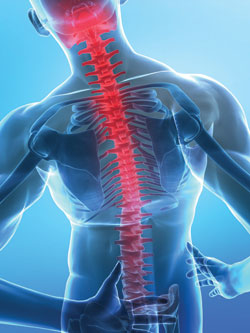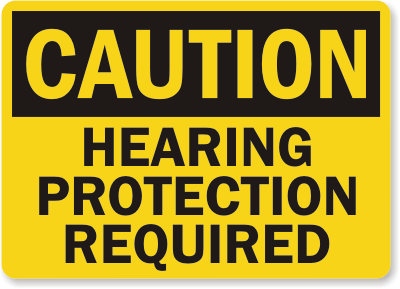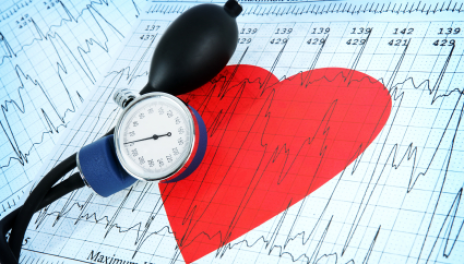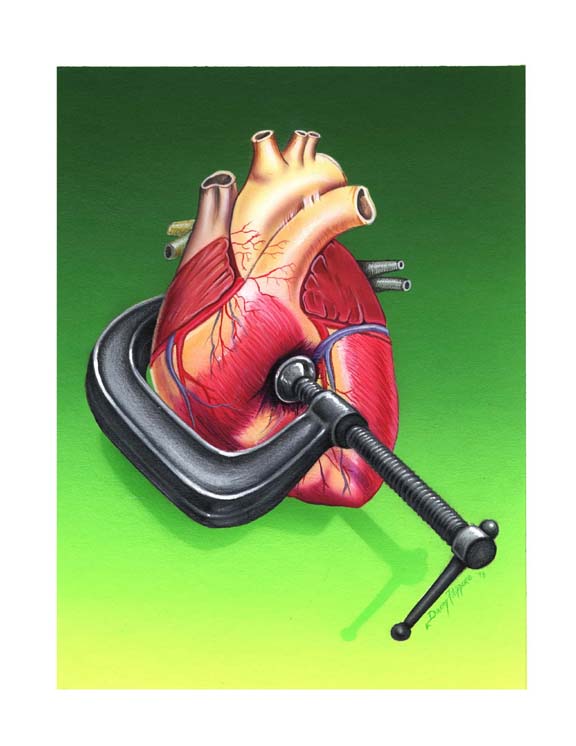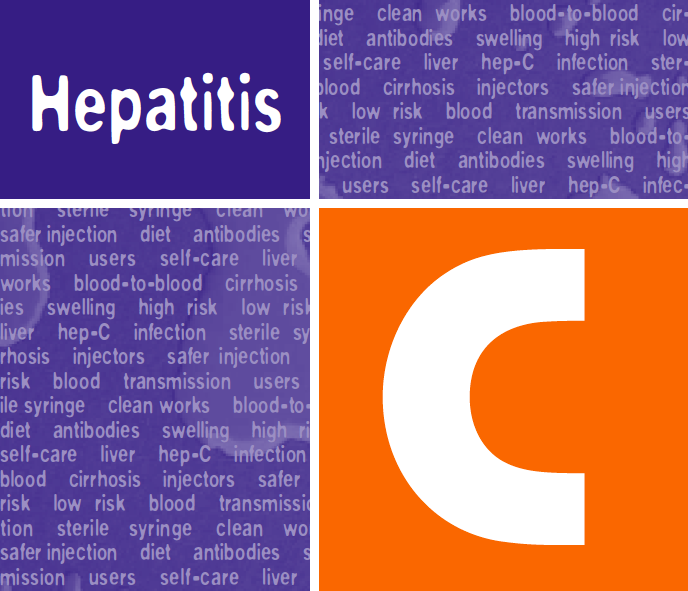 What virus infects 3.2 million Americans, leads to 15,000 deaths each year, and is a major contributor to the fastest-growing lethal cancer in the U.S.?
What virus infects 3.2 million Americans, leads to 15,000 deaths each year, and is a major contributor to the fastest-growing lethal cancer in the U.S.?
It’s hepatitis C, and the vast majority of people who are infected don’t even know it, since the virus can be symptomless for years or even decades. As a result, the Centers for Disease Control and Prevention (CDC) has recommended that every American born from 1945 to 1965 get tested for exposure to hepatitis C, which can lead to liver disease and liver cancer.


